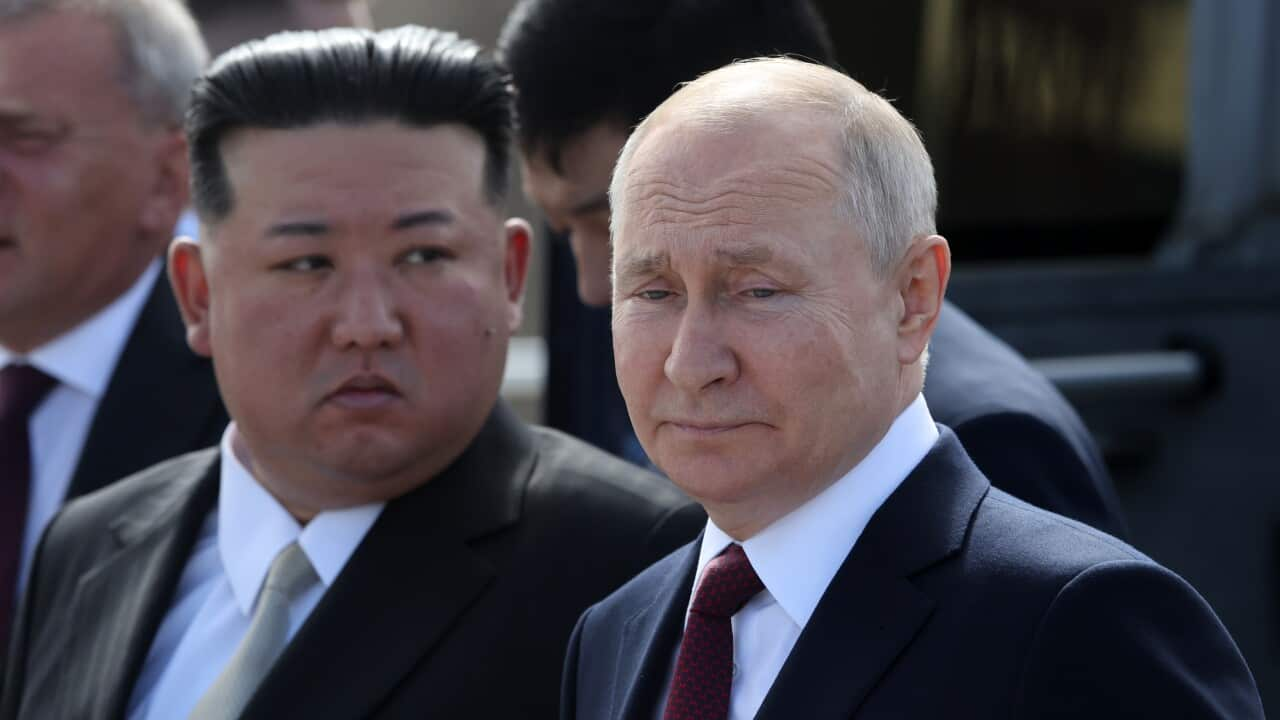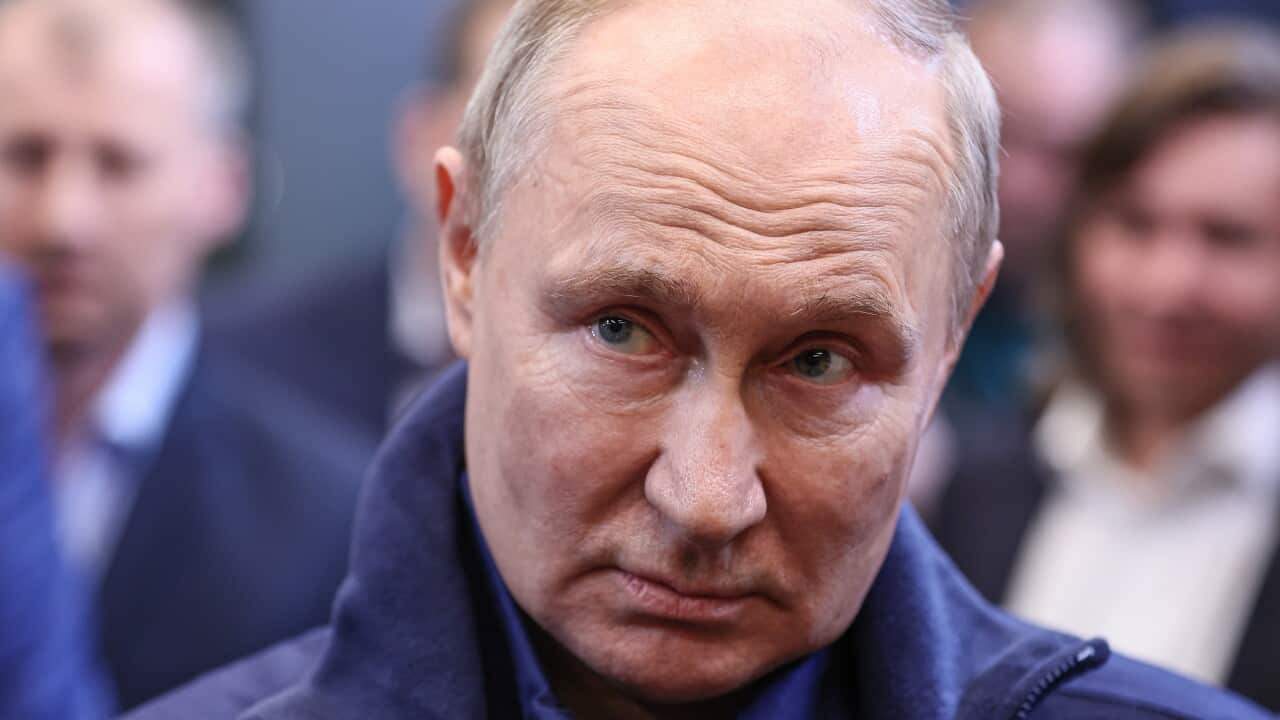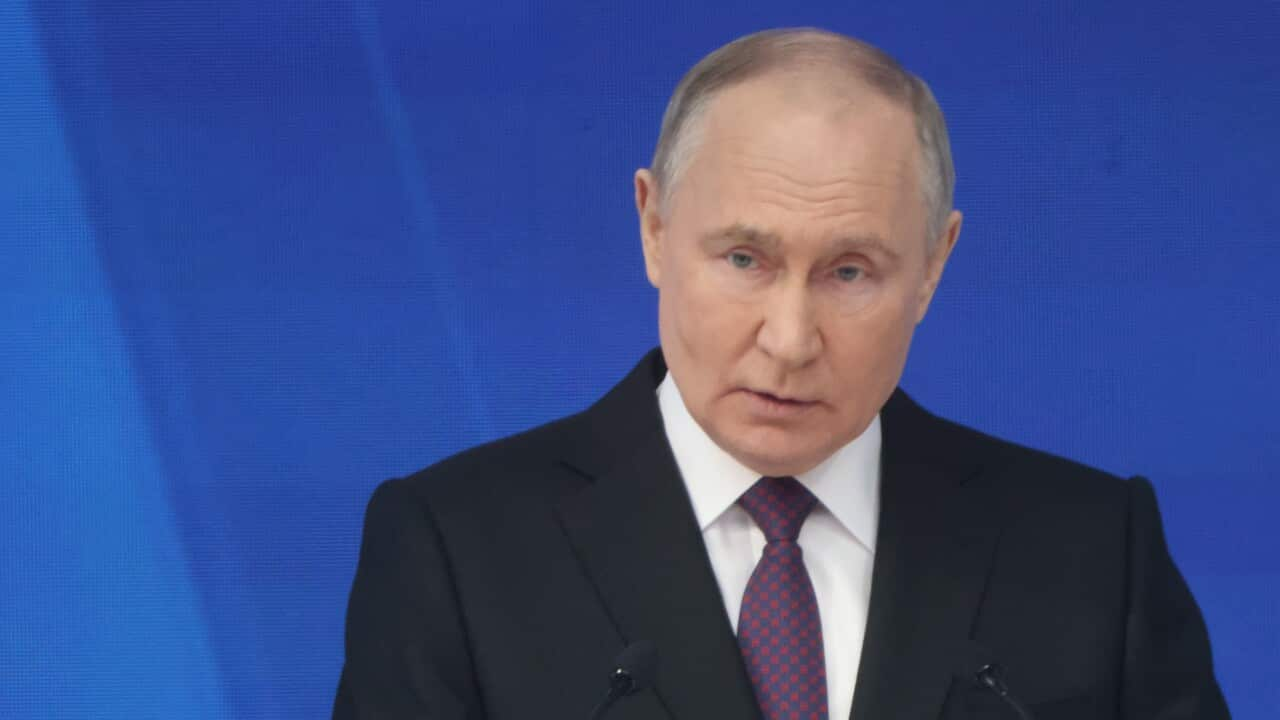Russian President Vladimir Putin is one of the world's longest-serving and most controversial world leaders.
Critics and opponents view him as a dictator and war criminal. To supporters, he's the tough leader Russia needs to stand up to what they regard as a meddling and expansionist West.
In Russia's election, held from March 15 to 17, he is virtually certain to secure another six-year term.
Here's a brief rundown of how Putin rose to power and secured his position.
Vladimir Putin's early life
Vladimir Putin was born into poverty in 1952, in what was then Leningrad.
He grew up in a tough neighbourhood and has said he "learnt early that if you're going to get into a fight, make sure you strike first".
He has said he was inspired by intelligence officers in films and practised sambo and judo. He also learned German and English.
After finishing school, he studied law at Leningrad State University, graduating in 1975.
How did Putin get into politics?
In the same year Putin finished his first university course, he joined Russia's Committee for State Security (KGB), where he served as a foreign intelligence officer until the collapse of the Soviet Union in the early 1990s.
After leaving the KGB, he got a job with his former university professor, who was then mayor of St Petersburg. In that role, Putin made good contacts, was efficient and gained a reputation for getting things done.
Putin worked his way up through a series of senior positions and in 1996 he made his way to Moscow.
He was again promoted several times and eventually became director of the Federal Security Service and secretary of the Security Council under then-president Boris Yeltsin.
In August 1999, Yeltsin was ailing and looking for a loyal lieutenant. He made Putin prime minister and, when he later stood down, Putin became acting President.
On 26 March 2000, Putin was elected president of Russia.
What happened in the early years of Putin's reign?
As president, Putin began the process of rebuilding Russia’s economy after its collapse in the 1990s and asserted his authority in both domestic and foreign spheres.
There were initial overtures towards the West, and after the chaotic Yeltsin years, Western leaders were hoping for someone they could do business with.
In 2002, the NATO-Russia Council was established, and unprecedented cooperation followed. Russia even allowed its bases in Tajikistan to be used by US forces fighting in Afghanistan.
The informal grouping of advanced, industrialised economies known as the G7 became the G8 following Russia's inclusion.
Things soon changed though, and Putin increasingly complained of what he saw as a Western plan to expand eastwards.
Political opponents and other critics began to disappear or die in mysterious circumstances, while opposition figures were arrested and oligarchs who didn't toe the line were locked out.
Putin has always denied accusations of being behind any nefarious activity or having a connection to any assassinations.
How Putin became the longest-serving Russian leader since Stalin
Putin was elected to a second term in 2004 and remained popular but had to step down in 2008 because of a constitutional provision preventing him from serving three successive terms.
United Russia, a party that supports Putin's policies, won the election and Dmitry Medvedev became president. Putin was then appointed prime minister.
In 2011, Medvedev announced he and Putin would trade positions if United Russia won the next election.
The announcement was criticised by opposition figures and critics and sparked a wave of protests, but Putin was reelected in 2012.
Throughout Putin's third term, tensions with the US flared, he backed stricter legislation against the LGBTIQ+ community, Russia intervened in Syria and annexed Crimea.
The Crimean annexation led to Russia's suspension from the G7.
In late 2017 Putin became the longest-serving Russian leader since Joseph Stalin, although the latter served as the head of the Soviet Union, not the Russian Federation.
He was then elected to a fourth term, which began in 2018.
Putin's fourth term was marked by continued tension with the West, the COVID-19 pandemic, the invasion of Ukraine and later an armed
In 2020, he secured amendments to the Russian constitution, allowing him to run for two more six-year terms.
What do we know about Putin's personal life?
While Putin is one of the world's most talked-about leaders, relatively little is known about his personal life.
He married Lyudmila Shkrebneva in 1983.
In 2014, the Kremlin announced the couple had divorced.
Putin and Shkrebneva have two daughters, Maria and Katerina, but limited information about them is publicly available.
There have been rumours Putin also has other children, but this claim has not been confirmed.
There has also been speculation about a secret fortune and property portfolio, but this too has not been confirmed.












